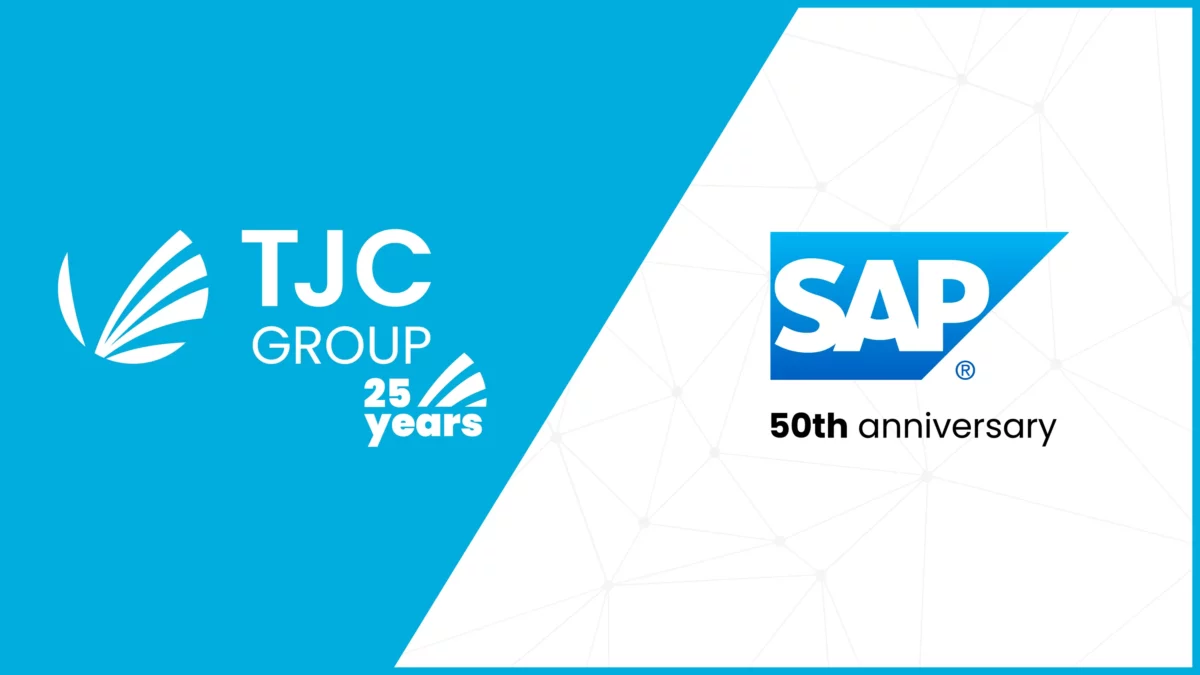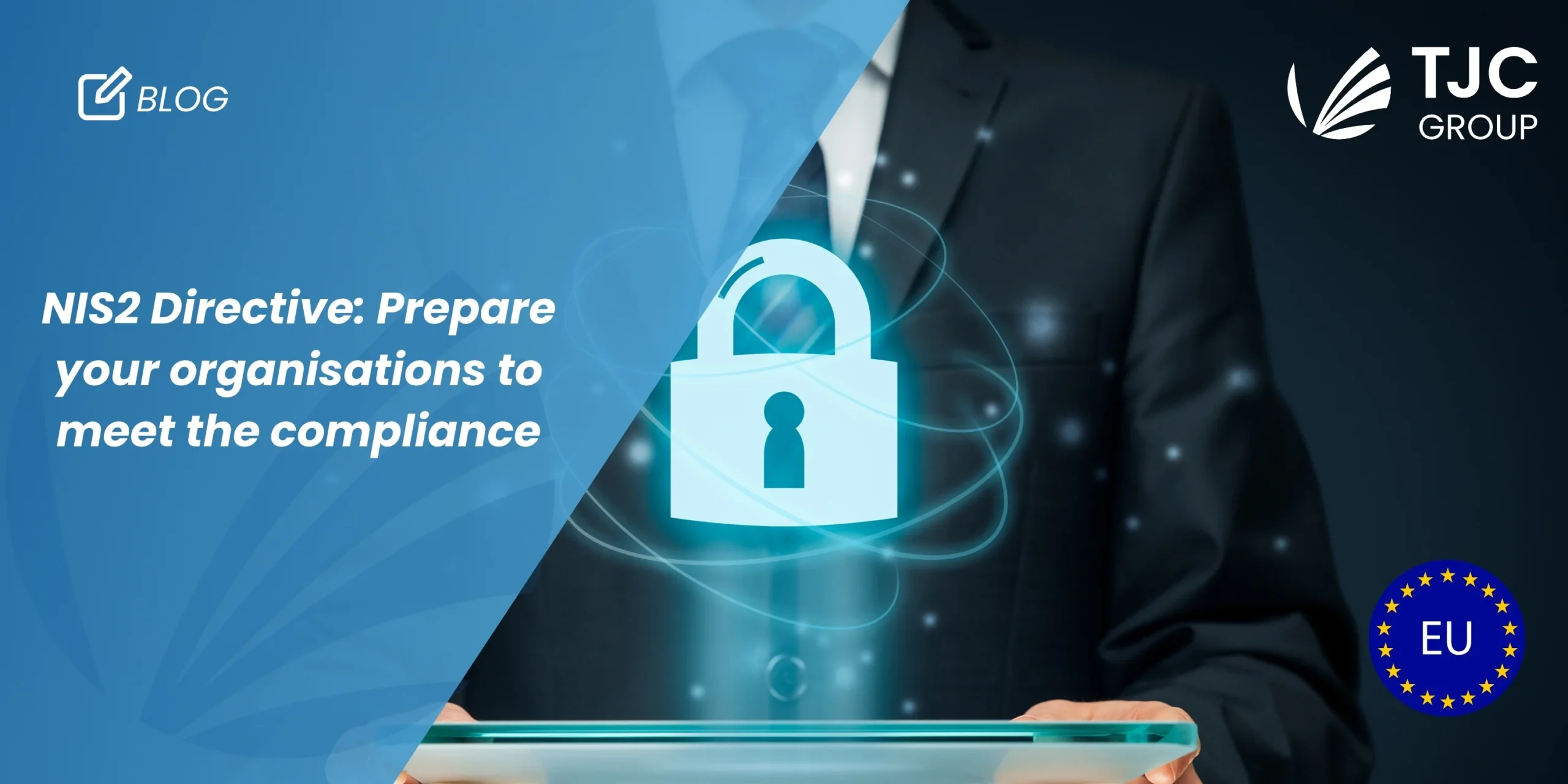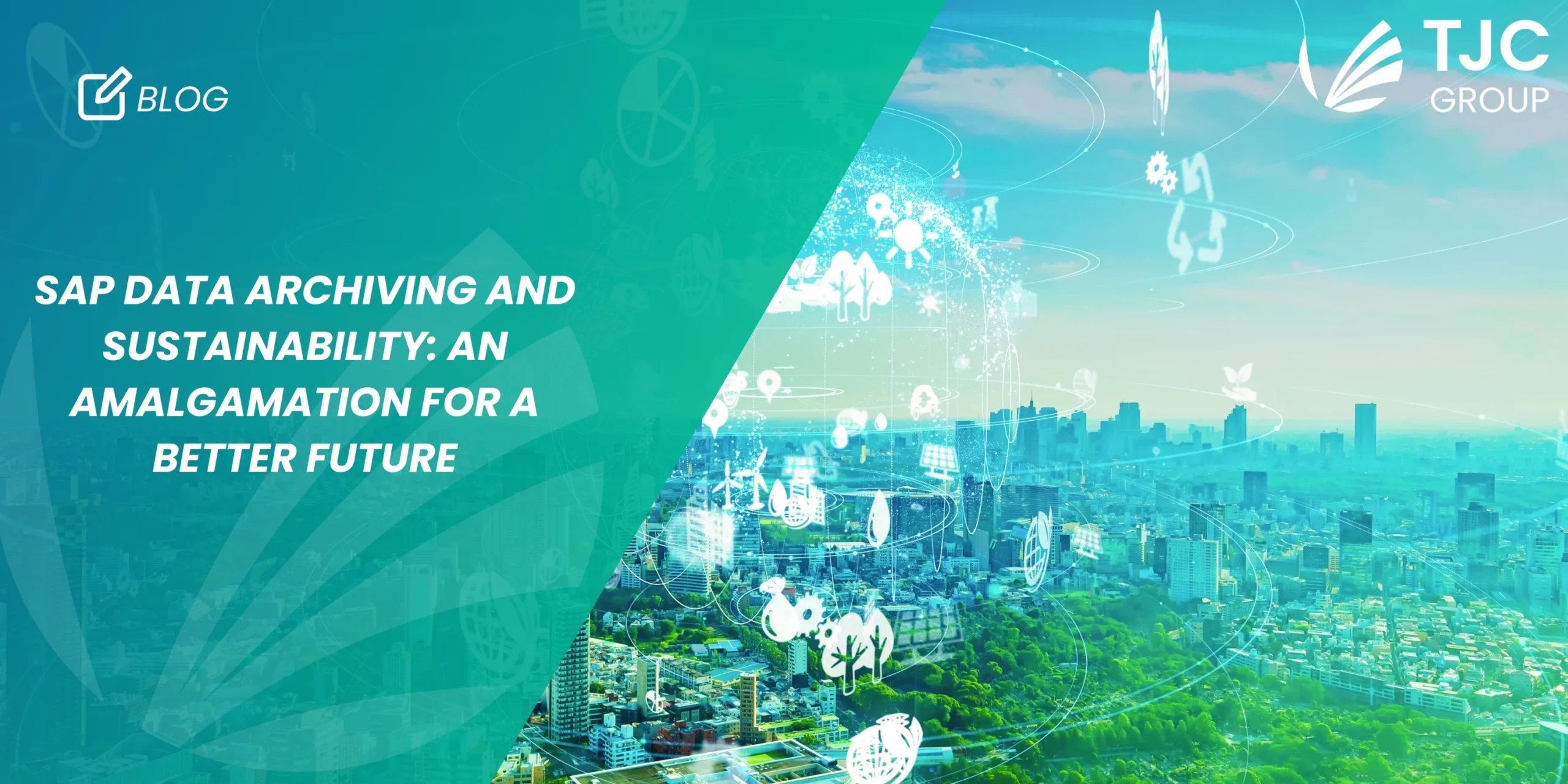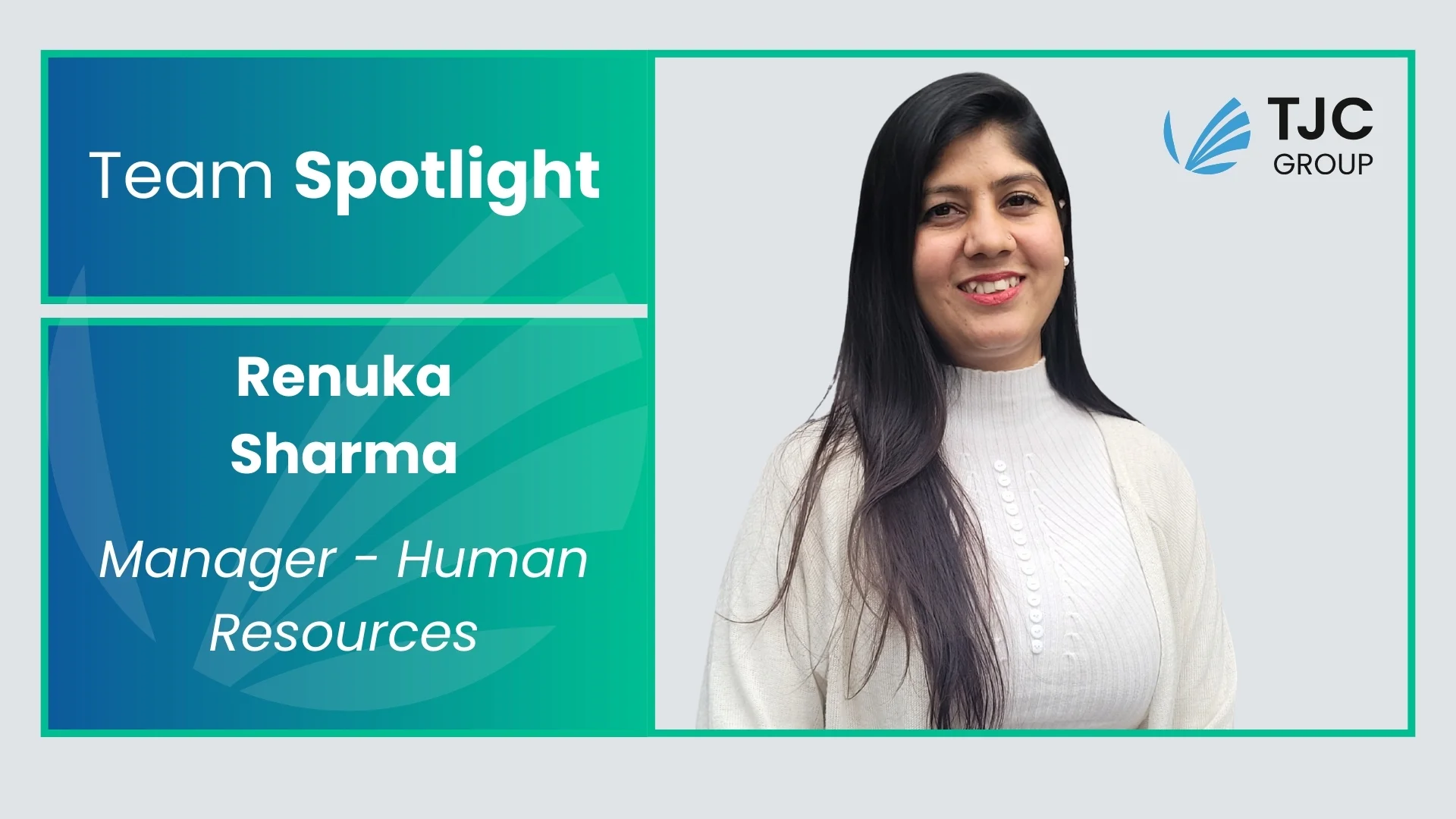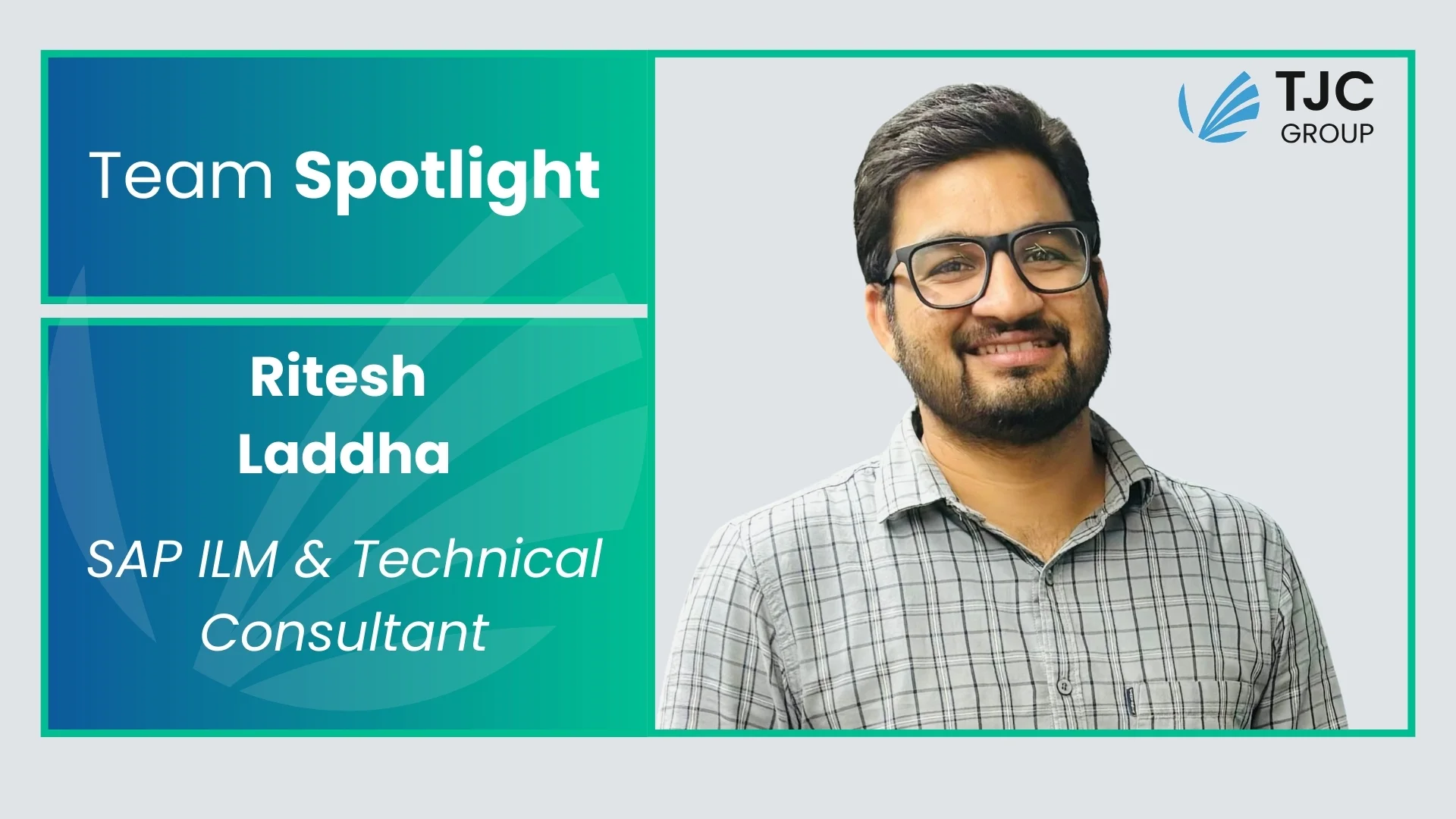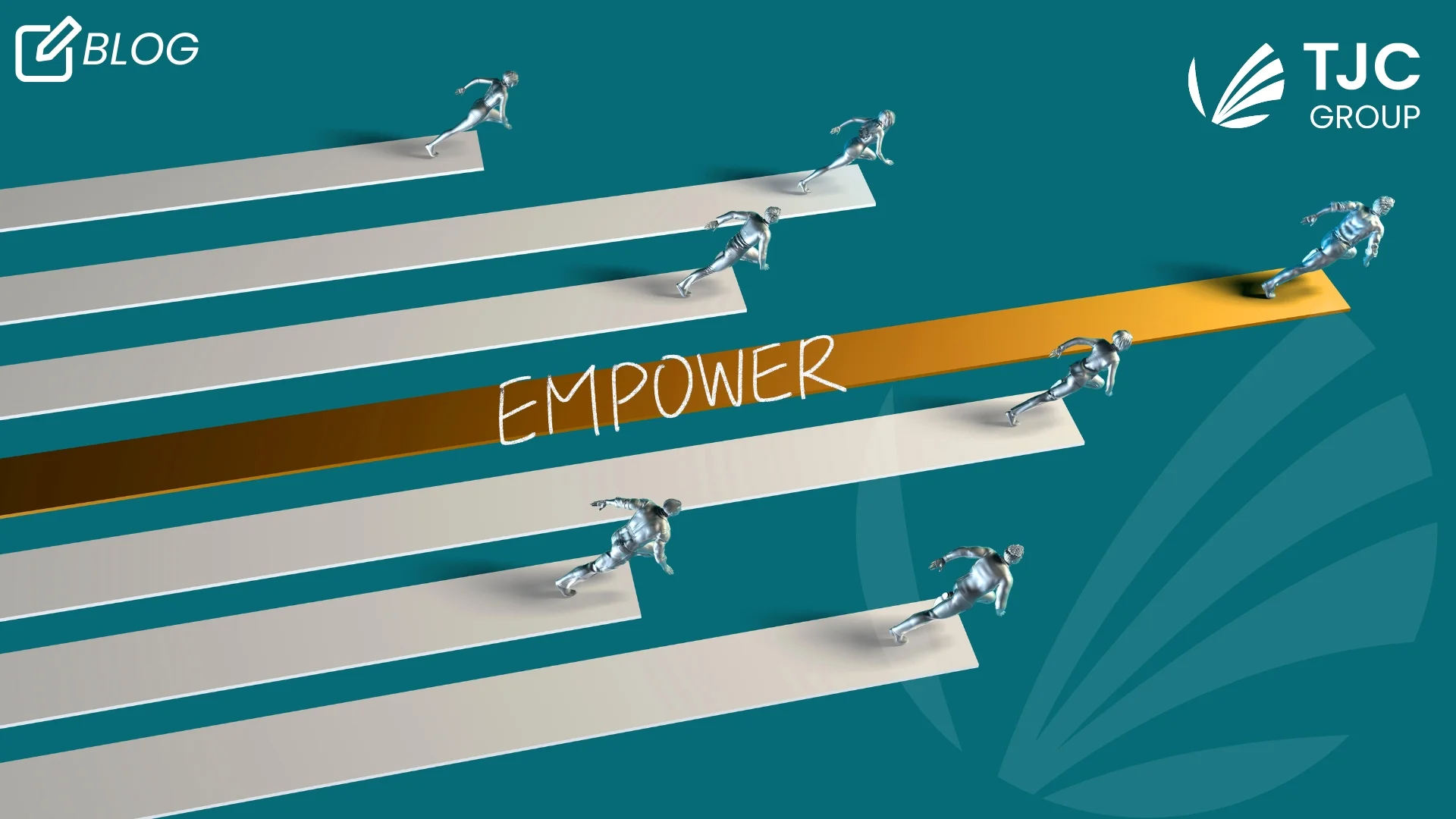SAP is celebrating its 50th anniversary this year and TJC has a significant birthday milestone to celebrate too. This year marks 25 years since the company was founded in 1997 to provide specialist SAP data management training and software services to international clients. It was a significant year and cultural turning point for lots of other reasons too. The first Harry Potter book was published, Hong Kong was returned to China, the Kyoto Protocol to reduce greenhouse emissions was signed and Google was founded. A lot has happened since those early days! Let’s dig into our memories.
Although not as prolific as Google, TJC’s evolution over the last quarter of a century has been an exciting journey. Our business vision has always been allied to the world’s most widely-used enterprise software, SAP, and as this has evolved, so have we. In the early 2000s, TJC Group became an SAP partner and soon our software solutions were SAP certified. When we started out, our customers were using mainframes and data storage volumes were calculated in terabytes. Today, we talk about the multi-petabyte era and people will personally use terabytes of storage just to keep the photos on their phones safe.
SIGNIFICANT MILESTONES

In 1997, ‘business process re-engineering’ (BPR) was the IT industry catchphrase and the go-to acronym. BPR as it was known often meant transitioning from mainframe-based, and usually bespoke, IT systems to one of the first standardised ERP ‘packages’, SAP R/3. Now no one talks about BPR anymore – now the buzzword is ‘digital transformation’ – but in essence, the end goal is similar.

Businesses are looking for ways to become more agile, profitable and efficient, using technology. In place of SAP R/3, our focus today is on smoothing the transition to SAP S/4HANA. We do this by archiving legacy data, decommissioning legacy systems, and implementing automated SAP information lifecycle management information lifecycle management to control data volume growth in the long term .
By doing these important data housekeeping tasks, businesses can benefit from a much lower cost of S/4HANA ownership – potentially up to 50% lower – reduced latency and higher system performance, plus the peace of mind that they are compliant with data privacy regulations like GDPR.
In the 90s, ISO accreditation became a significant differentiator for IT suppliers and TJC Group, with ISO 9001 and 9002 being the key certifications for most customers. As a boutique service provider it was essential for our credibility among the large multinational clients we served. Today, the standards and customer expectations are much higher and the regulatory landscape is highly fragmented, with different policies in almost every country. That is why TJC is in the process of implementing ISO27001.
Governments are moving their regulatory processes online to keep track of taxpayers more easily and recoup the revenues they lose to fraud each year. e-Tax, e-invoicing, e-VAT, e-governance and other standards like SAF-T are shifting the emphasis towards real-time transaction reporting, making regulatory compliance more complex and time-consuming.

Getting the right data out of SAP in the right format quickly and efficiently to meet these obligations is a problem for many companies – so much so that TJC has launched a dedicated Business to Government (B2G) service, to support our international clients with a flexible, outsourced approach to tax and audit compliance.

When the Kyoto protocol was first signed in 1997, data centres were just starting to pop up as companies began looking for ways to reduce capital expenditure and mitigate the problems of IT hardware obsolescence. Who could have conceived that today data centre usage is so widespread that they are tipped to consume around 20% of the world’s electricity by 2025 That’s a lot of energy. Added to this, much of what is being stored is redundant – it’s legacy data that could be archived or decommissioned.
Only 7- 15% of data in IT systems is actually being used by the organisation and 40% of the server memory being used is wasted on storing data that is not beneficial in any way.
For SAP users, between 20 and 30% of the database typically contains temporary or historical data that is redundant and could be archived. If you have a large database, HANA memory costs can quickly spiral, therefore data archiving can bring significant savings by keeping memory costs down.
Usually, a system will grow by 25% annually without any data volume management in place and, left unchecked, the implications of this level of data growth can run into hundreds of thousands of GB and overly costly memory consumption for SAP S/4HANA users”. In contrast, an automated SAP ILM programme will massively reduce this and also improve system performance.
On average you would expect to see a 40-50% increase in operational performance after an initial ILM project, and ongoing benefits thereafter.
What has remained unchanged in 25 years ?
One thing that has not changed since we began our journey in 1997 is TJC’s continued focus on finding a solution for our customers’ issues, and supporting them to rise to their challenges. We started out as a pure consultancy business and swiftly broadened our offering to include a mix of software tools for archiving and data management, cloud applications and consulting.
We remain committed to working in partnership with our customers and always strive to go above and beyond to deliver real, tangible value. Whether that’s implementing software to complete routine archiving or compiling complex fiscal reports for new e-VAT compliance regulations. Now, as TJC continues to expand globally with offices across Europe and India, we look forward to what the future holds during the next 25 years.



